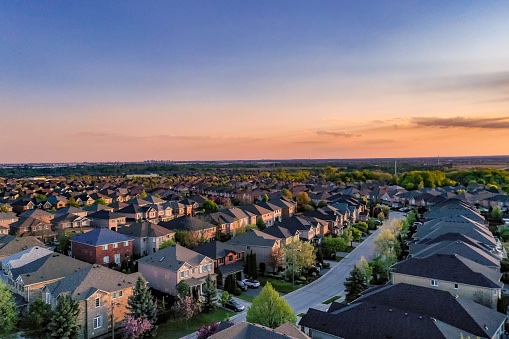The housing market is still being slowed by rising mortgage rates, as both home sales and listings are declining quickly.
According to recently released data from the National Association of Realtors, existing-home sales decreased for the eighth consecutive month in September, down 1.5% month over month to an adjusted annual rate of 4.71 million. Sales are down nearly 24% from a year ago.
“The housing sector continues to undergo an adjustment due to the continuous rise in interest rates, which are approaching 7%,” said NAR Chief Economist Lawrence Yun. “Expensive regions of the country are especially feeling the pinch and seeing larger declines in sales.”
It was the third consecutive month that prices decreased after hitting a record high of $413,800 in June, while the median existing-home sales price increased by 8% year over year to $384,800 in September.
Although the decrease showed a seasonal pattern of prices troughing following summer peaks, the 7% decline from June to September was more than twice as fast as the 3.1% decline during the same time period in 2021.
Why are home prices so high today?
According to Chen Zhao, Redfin Economics Research Lead, many Americans are remaining put because they don’t want to take the chance of losing the low mortgage rate they secured during the pandemic.
Despite the fact that demand is declining as a result of rising mortgage rates, prices are being supported by inflation and a decline in the number of people who are selling their houses.
What are the current mortgage rates?
Mortgage interest rates have risen to a 20-year high as a result of the Federal Reserve’s efforts to control inflation by boosting interest rates.
According to Freddie Mac’s Primary Mortgage Market Survey, the average rate on a 30-year fixed-rate mortgage jumped to 6.94% for the week ending October 20. The rate was 3.09% at same time last year.
The Mortgage Bankers Association reports that mortgage purchase applications are at their lowest point in 25 years.
According to Joel Kan, MBA’s Vice President and Deputy Chief Economist, the current 30-year fixed rate is currently well over three percentage points more than it was a year ago, and both purchase and refinance applications were down over the course of the year, respectively.
Original article published here.








